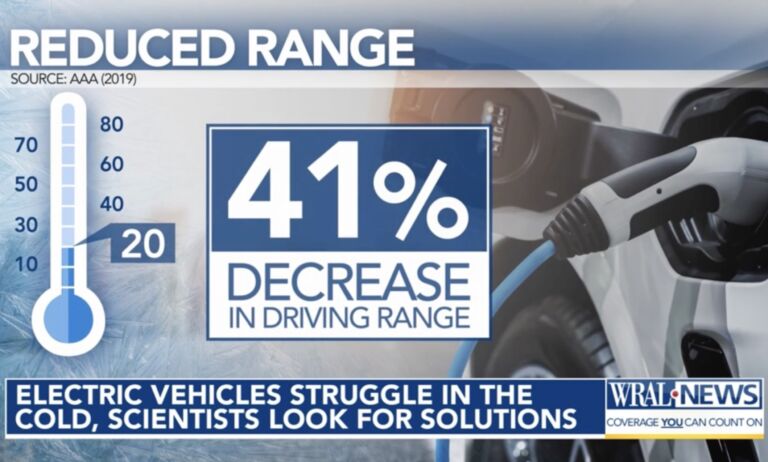Lawson Bader explores for Human Events the growth of government through increased regulation.
Last year, the feds spent $3.5 trillion. That is a lot, but the cost of the federal government doesn’t end there. Regulations imposed an economic burden of $1.86 trillion last year. That is slightly more than Canada’s entire 2011 GDP! If we combine those numbers, Washington’s share of the economy now reaches 31 percent. And that’s still an understatement, since agencies are not required to report the costs of the vast majority of rules. In effect, regulation enables government to grow in the shadows. And by doing so, it masks its true costs, while public attention focuses on runaway public expenditures.
Washington has a spending and regulating problem. To address it, we first need to get a handle on its scope—no easy task. That is the focus of Ten Thousand Commandments, the Competitive Enterprise Institute’s important annual survey of the federal regulatory state.
Produced by CEI’s Wayne Crews, the study paints a clear and sobering portrait of the sheer scope of the federal regulatory enterprise. During its 21 years of publication, federal agencies have issued nearly 88,000 rules, more than 3,500 per year, or about nine per day. …
… To get a better picture, put this cost in terms of $14,974 per household. That’s more than a typical household spends on health care, food, transportation or entertainment—more than every normal household budgetary item except housing! That’s nearly $15,000 that could have gone toward a decent car or the beginning of a college fund.
Politicians in Raleigh can do little to nothing about regulatory growth in the nation’s capital, but they can (and have) tackled the issue of reducing North Carolina’s regulatory burden.


